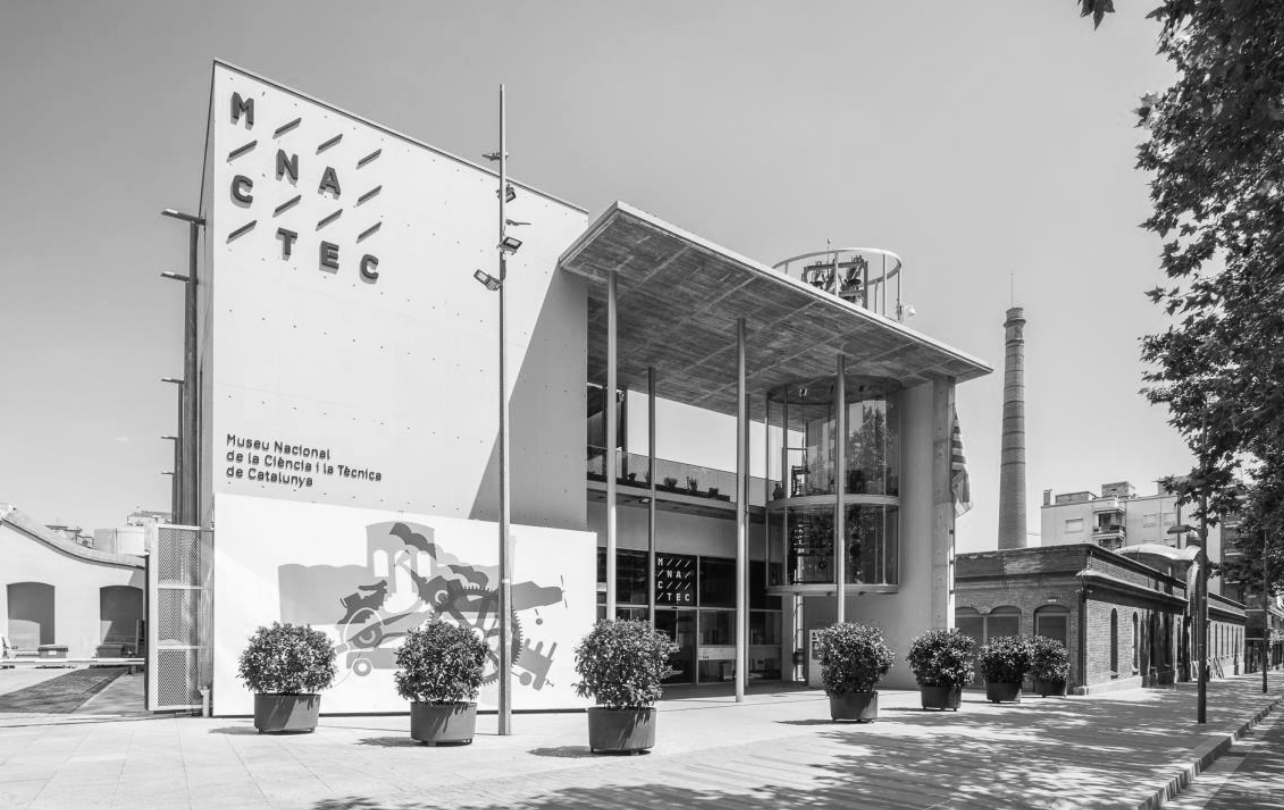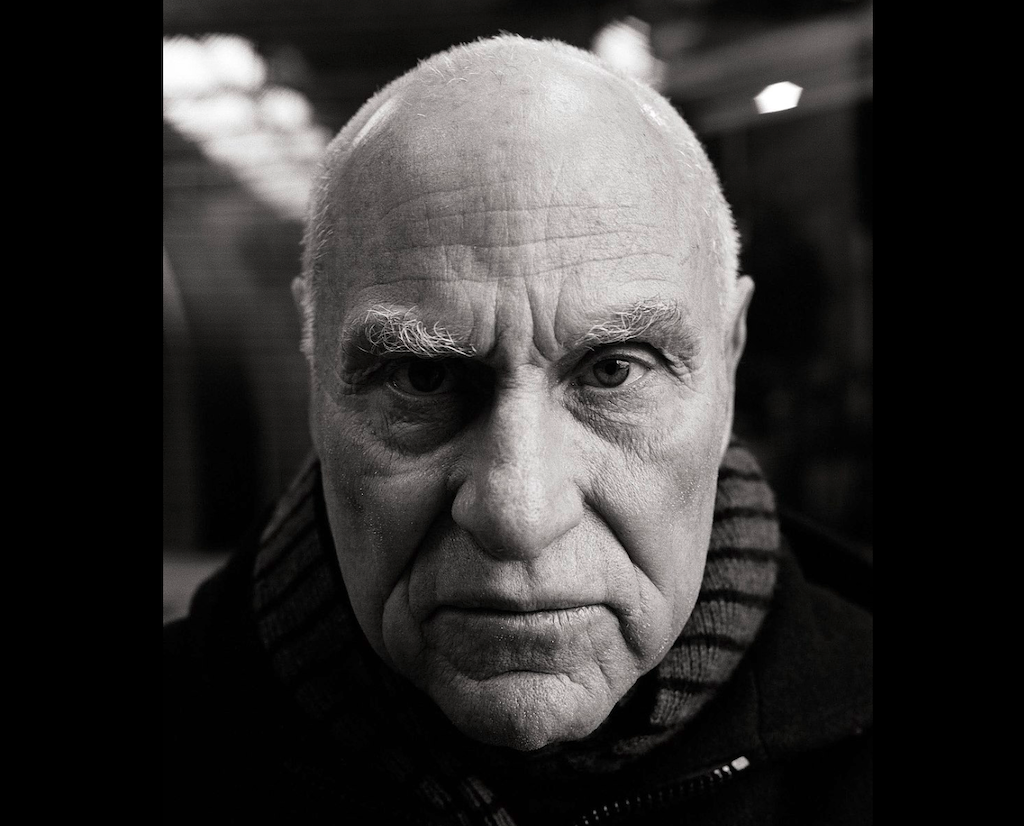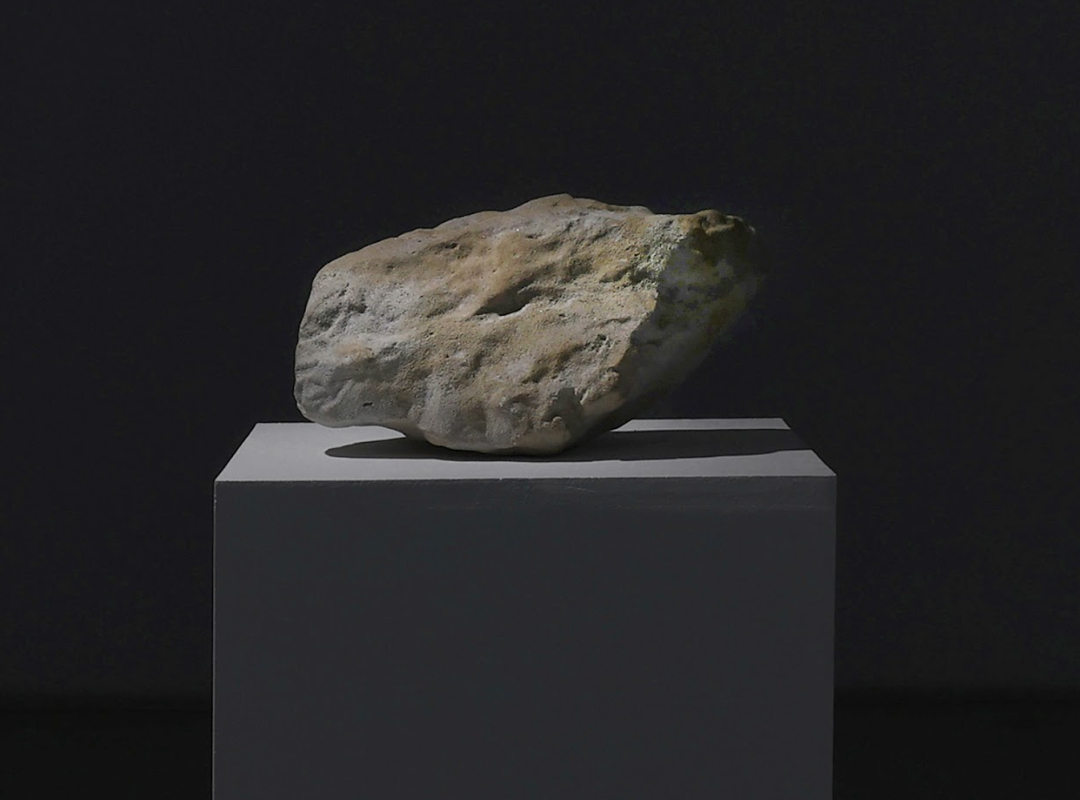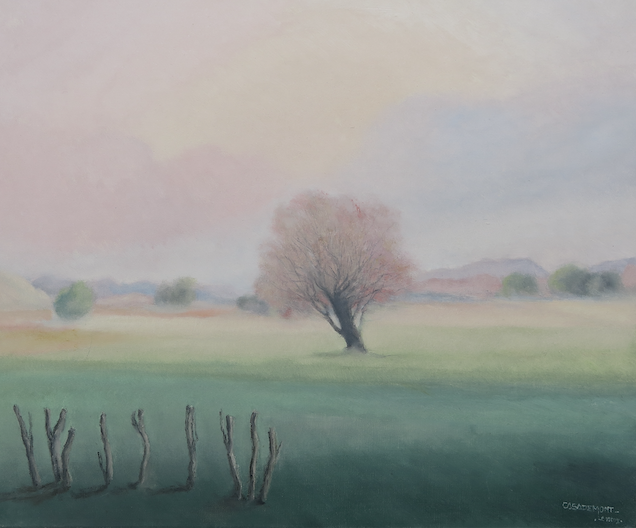reports
Surrealisms The age of the machine
An exhibition to understand the degree of social, artistic and cultural changes after the First World War.
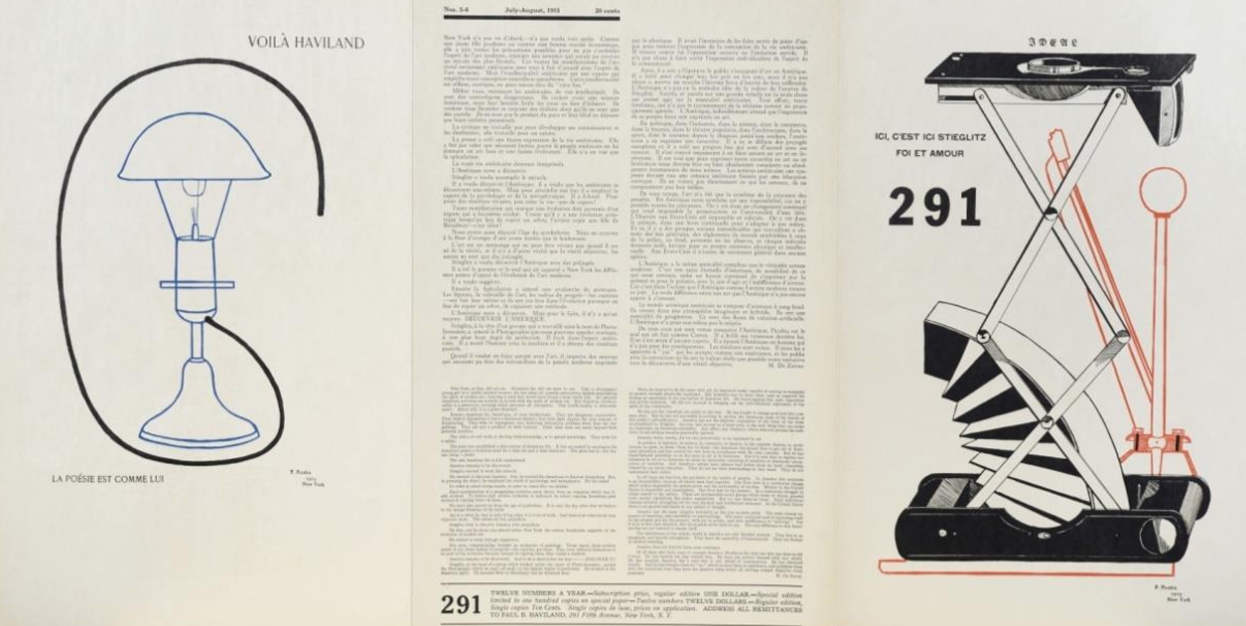
The first major European crisis of the 20th century with the outbreak of the First World War marks a before and after in the history of art. The artists' disenchantment with the previous currents, from Impressionism to Cubism and its Orphic variant, asked art for new challenges for a modern society, based on science, industry and the machine as part of a new culture, on whose horizon art had to be placed, which, from now on, would have to count on the technical reproducibility of the object, the image and the work of art itself.
This coincides with the recognition of the photographic machine, an invention born in Europe but which dissociated itself from nineteenth-century pictorialism in the New World, America, by the hand of Alfred Stieglitz (1864-1946), a photographer familiar with European culture, who prepare the ground for the avant-garde in the United States, specifically in New York, a city on the rise. In 1905 Stieglitz opened The Little Galleries of the Photo-Secession and in 1915 gallery 291, where the main European artists such as Matisse, Rodin, Cézanne, Picabia, Picasso, Braque and Brancusi were exhibited. With the publication of the magazine 291 (1915-1916), by Marius de Zayas and Picabia, an impetus is given to the presence of the machine in the art of the new century through machinist portraits and visual pieces that link the female gender with the machine
The Dada movement
The happy meeting of rebel artists who took refuge in New York after the war, such as Marcel Duchamp or Francis Picabia, who were joined by Man Ray, of American origin, shaped the birth of the Dada movement before it emerged in Europe. The serialized industrial object, the result of the machine, appears for the first time in the history of art, to stay definitively. The assertion of new scientific and technical achievements, laboratory apparatus, automobile engines, optometry, mathematics, aeroplanes, barometers and other instruments, constitutes a historical moment that will forever mark the subsequent work of these artists, who will evolve towards surrealism. The exhibition contains works by Alfred Stieglitz, Picabia, Man Ray, Duchamp and Dalí.
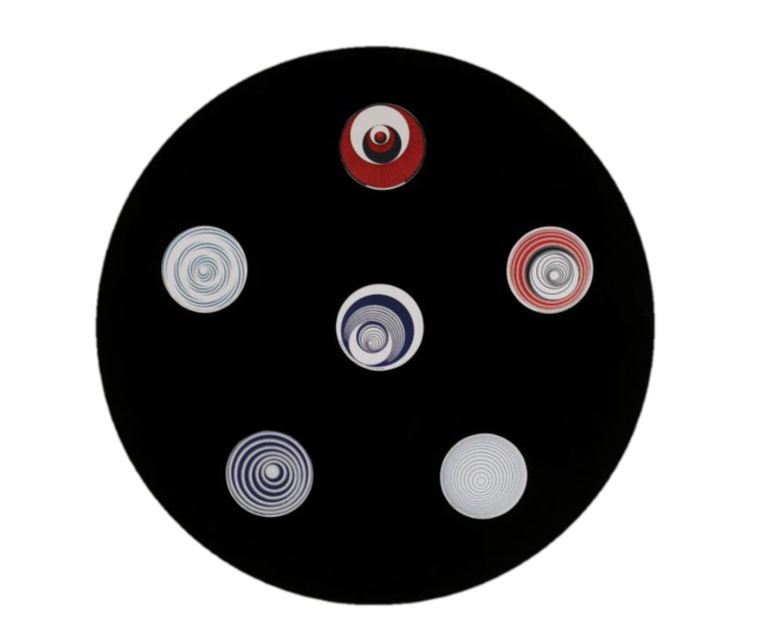 Discos òptics, extrets de l'edició Rotoreliefs (1935/1965) © Association Marcel Duchamp, VEGAP / Madrid, 2024
Discos òptics, extrets de l'edició Rotoreliefs (1935/1965) © Association Marcel Duchamp, VEGAP / Madrid, 2024
Four sections with 125 works show the pioneering artists and guide this evolution from the age of the machine to the art of the 20th century: the new world and "pure" photography; From the artistic nude to the body as a machine; From abstraction to the machine and Eros and machine. The machine becomes a characteristic of modernity, a metaphor for the feminine element par excellence, it launches the industrial and serious object, the ready-made, into the arena of art, it values the new technical means of reproduction of the work of art and questions original and copy and puts authorship in crisis.
Contribution of Stieglitz
The new world and pure photography tells us about the contribution of Alfred Stieglitz, the impact caused by the technicization of New York on these artists when the first exhibition of contemporary international art is exhibited in America: the Armory Show on 1913. Abstraction was an important step in coming to see the machine as the new feminine element par excellence.
Faced with this reality, the artistic nude maintained by the 19th century Academy is fragmented, distorted, poeticised, but continues to use organic and anatomical forms derived from nature. The passage from abstraction to the machine and the ready-made, object resulting from serial industrial reproduction, brings Francis Picabia's mechanomorphic drawings, inspired by machines. Marcel Duchamp creates games of optical illusionism that are pioneers of kinetic art and Man Ray affective objects imbued with humor, while Dalí activates the mental machine of the critical paranoid method, obsessed with the double image. Marcel Duchamp confronts the evolution of the representation of love in the history of art by creating The Great Glass, a machine where bachelors undress the bride, with note boxes and instructions for their interpretation. His blind faith in mechanical reproduction makes him build a box with the images and miniature objects of all his artistic output, a portable museum that turns reproduction into a fetish.





